Frequently Asked Questions: Managing Creative Process
How do you manage freelance creative talent?
The most important aspect of the relationship is communication. Enabling clear transparent process with a centralized project management system will allow you to deliver on-time.
What qualities does a creative director most need to be successful?
Make creative work for business! Be able to generate a creative strategy that hits goals. Some other important qualities are short-term/long-term planning, prioritization, and creating process. Those things enable your creative to be elevated and become more successful.
How do you measure the success of design?
I measure the success of design based on the goal of the creative. If the creative is a digital campaign, the work that is produced should support the goal of the digital campaign. If creative is for an internal request, we would measure more by the delivery times/satisfaction of the requester. It’s always important prior to starting a project, during the creative brief kick-off, to establish the goals.
How do you hire and develop new designers?
There are a lot of ways to recruit designers. Thankfully, I have a large network of designers to pull from. There are also ways of building an employer brand and reaching designers where they are, specifically at Dribbble and other portfolio sites. A major part of hiring any designer is seeing what work they have done and are proud of through their portfolio.
As far as developing new designers, if possible I love to pair them with a more senior designer so that they can teach each other. If a more senior designer is not available to mentor, I sometimes will pair design with them so they can learn the tactics that I would use to complete the objective.
Who are some of your biggest influences from the world of art and design?
My biggest influence from the world of design is definitely Jessica Hische. She is an American lettering artist who always infuses her work with a message. It’s important in the world of design to design for purpose – and she is very intentional about how she presents herself to the world.
How do you keep your team motivated and productive under high pressure and tight deadlines?
High pressure and tight deadlines are alleviated through implementing process. Having very clear expectations on what people are meant to do each day and having a central source of truth on what those deliverables are is incredibly important.
In times of unexpected pressure or tight deadlines, I make sure people are given the appreciation they want to get. I sit with my designers and make sure to understand their working styles and how they best want to receive that appreciation.
Fostering the team’s culture to be as collaborative and helpful as possible to each other. Our success is tied to each other and removing competitiveness helps us to create a culture designers want to be apart of.
How do you present creative work to internal company stakeholders and executives?
When presenting creative work to internal company stakeholders and executives, I always fall back upon my client facing agency background. I want the ideas to be presented cohesively and with the right materials. Depending on the project, I want to bring stakeholders into the process early with moodboards or storyboards and ingest their feedback early on. I make sure that they stay aware of how the work is progressing.
When there is a milestone that needs feedback or approval, we’ll present the work in the best way it could be consumed. If it is in-store retail signage, then it would be mocked up presented in a store. If it is a t-shirt, then we make sure the design is show on mockup of a t-shirt worn by a person. Flat artwork can be experienced poorly, so placing the creative in the environment is key for stakeholders to truly understand the work.
